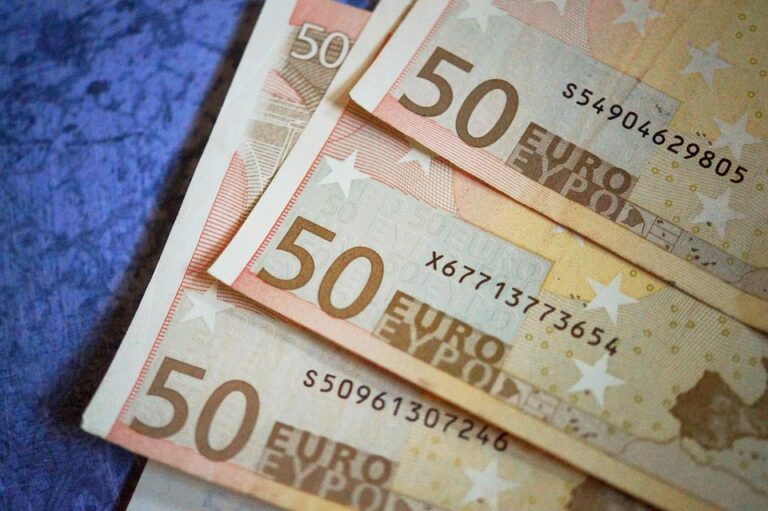Last updated Feb. 18, 2025 by Charles Zemub
How Does the Prime Interest Rate Affect You?
Understanding how the prime interest rate affects you is crucial, whether you are borrowing money for personal needs, operating a business, or simply trying to make wise financial decisions. The prime interest rate forms the foundation for various interest rates banks and lenders charge, influencing everything from mortgages to credit card rates. In this article, we delve into the mechanics of the prime interest rate, its broader economic implications, and how it directly impacts consumers and businesses.
What Is the Prime Interest Rate?
The prime interest rate is the interest rate that commercial banks charge their most creditworthy corporate customers. While it’s primarily used in lending to businesses, it indirectly affects consumer interest rates. Most banks are guided by the Federal Reserve’s Federal Funds Rate, a crucial indicator they use to set their prime rates. Consequently, changes in the Federal Funds Rate often result in adjustments to the prime interest rate.
How the Prime Interest Rate Influences Personal Finances
1. Credit Cards
Possibly the most direct connection between the prime interest rate and individuals occurs through credit card interest rates. Many credit cards have variable interest rates tied to the prime rate. If the prime rate rises, so will the interest on your credit card, which means higher monthly payments and more interest paid over time if balances are not paid fully.
2. Mortgages
Mortgage rates, specifically adjustable-rate mortgages (ARMs), are also influenced by the prime interest rate since lenders add a percentage on top of this rate to determine the mortgage rate. A higher prime rate can make borrowing more expensive, potentially restricting buyer affordability and cooling down the housing market.
3. Personal Loans
Personal loans are another area directly impacted by shifts in the prime interest rate. As the prime rate climbs, the cost of borrowing via personal loans typically increases. This higher cost can deter consumption and encourage savings as loans become more expensive to maintain.
Economic Implications and the Broader Picture
1. Consumer Behavior
When the prime rate increases, consumers may choose to hold off on such big-ticket purchases that rely on credit. This behavior can lead to reduced consumer spending, which is a significant component of economic growth.
2. Inflation Control
The Federal Reserve often adjusts the Federal Funds Rate, and consequently, the prime rate, to control inflation. A higher interest rate can slow down an overheating economy by making borrowing more expensive, thus reducing consumer spending and overall demand.
3. Business Operations
Businesses also feel the effects of prime rate fluctuations. Higher rates increase the cost of loans used for capital investments, potentially leading to reduced capital expenditure and slower business expansion. Conversely, when rates are low, businesses are encouraged to borrow and invest, spurring economic growth.
Impact on Savings and Investments
Rising interest rates can be advantageous for savers, as it often leads to higher interest payments on savings accounts, CDs, and other fixed-income investments. However, bonds may see falling prices due to higher yields available in the market, impacting retirees and investors in fixed-income securities.
✓ Short Answer
The prime interest rate affects various aspects of financial life, from increasing borrowing costs on credit cards and loans to influencing mortgage rates. It’s a pivotal tool used by the Federal Reserve to manage economic growth by controlling inflation and consumer spending. Businesses face higher capital costs with rising rates, affecting expansion plans and employment. Higher rates may benefit savers by offering better returns on savings accounts and CDs, though they can lead to lower bond prices. Consequently, the prime rate has both direct personal financial implications and a broader influence on the economy, consumer behavior, and investment strategies.
Frequently Asked Questions (FAQs)
What determines the prime interest rate?
The prime interest rate is typically influenced by the Federal Reserve’s Federal Funds Rate, economic conditions, inflation expectations, and individual bank policies. Banks set their own prime rates but often align closely with prevailing rates established by market leaders.
How often does the prime rate change?
The prime interest rate can change anytime the Federal Reserve adjusts its Federal Funds Rate, though banks may meet and decide independently more frequently. Changes depend on economic indicators, inflation data, and broader monetary policies.
How can I protect myself from rising prime interest rates?
To mitigate the effects of rising interest rates, individuals can work to improve their credit scores to access lower base rates, consider fixed-rate loans instead of variable-rate options, consolidate debt into lower-rate products, and maintain an emergency fund to manage increased financial costs.
Are fixed-rate mortgages affected by the prime interest rate?
Fixed-rate mortgages are not directly affected by the prime rate once the loan terms are set. However, new fixed-rate mortgage offers are influenced by inflation rates, Federal Reserve policies, and lender competition, all of which can be affected by changes in the prime rate.
Why do different banks have different prime rates?
Though many banks align closely with the prime rate established by industry leaders, differences can exist due to specific bank policies, customer profiles, competition, and regional economic conditions impacting risk assessment and lending practices.
In summary, understanding how the prime interest rate affects you involves grasping its role as a foundational element in consumer loans, business financing, and monetary policy. By understanding its implication on various financial aspects, you can make informed decisions either to brace for impending rate hikes or capitalize on lower borrowing costs.


